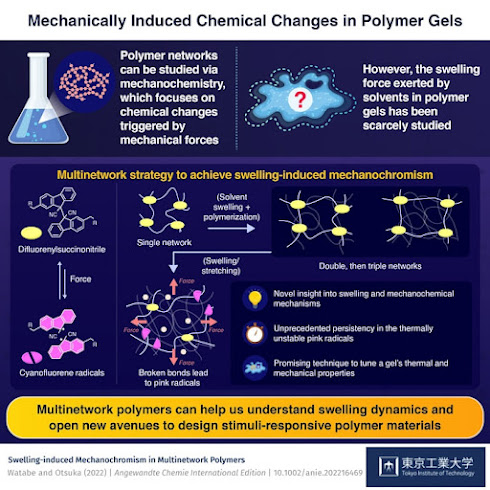 |
| Biologist Anja Hemschemeier researches green algae. Photo Credit: RUB, Marquard |
Old yellow enzymes have been known for almost 100 years, but their function for organisms is largely in the dark. A Bochum research team publishes initial findings on microalgae.
Old yellow enzymes, or OYEs for short, from the English Old Yellow Enzymes, were discovered in the 1930s and have been heavily researched since then. Because these biocatalysts - colored yellow by an auxiliary molecule - can carry out reactions that are very valuable for the chemical industry, such as pre-medication or fragrance substances. Although OYEs are found in many organisms, their natural role for these living beings is hardly known - possibly because the scientific focus was on biotechnological use. Researchers around private lecturer Dr. Anja Hemschemeier and Prof. Dr. Thomas Happe from the Ruhr University Bochum now shows that an OYE of the unicellular green algae Chlamydomonas reinhardtii is important for the vegetable unicellular organism to protect itself from light stress. The researchers published their results in the journal "Plant Direct" from 15. Published January 2023.



.jpg)


.jpg)
.jpg)

.jpg)






.jpg)